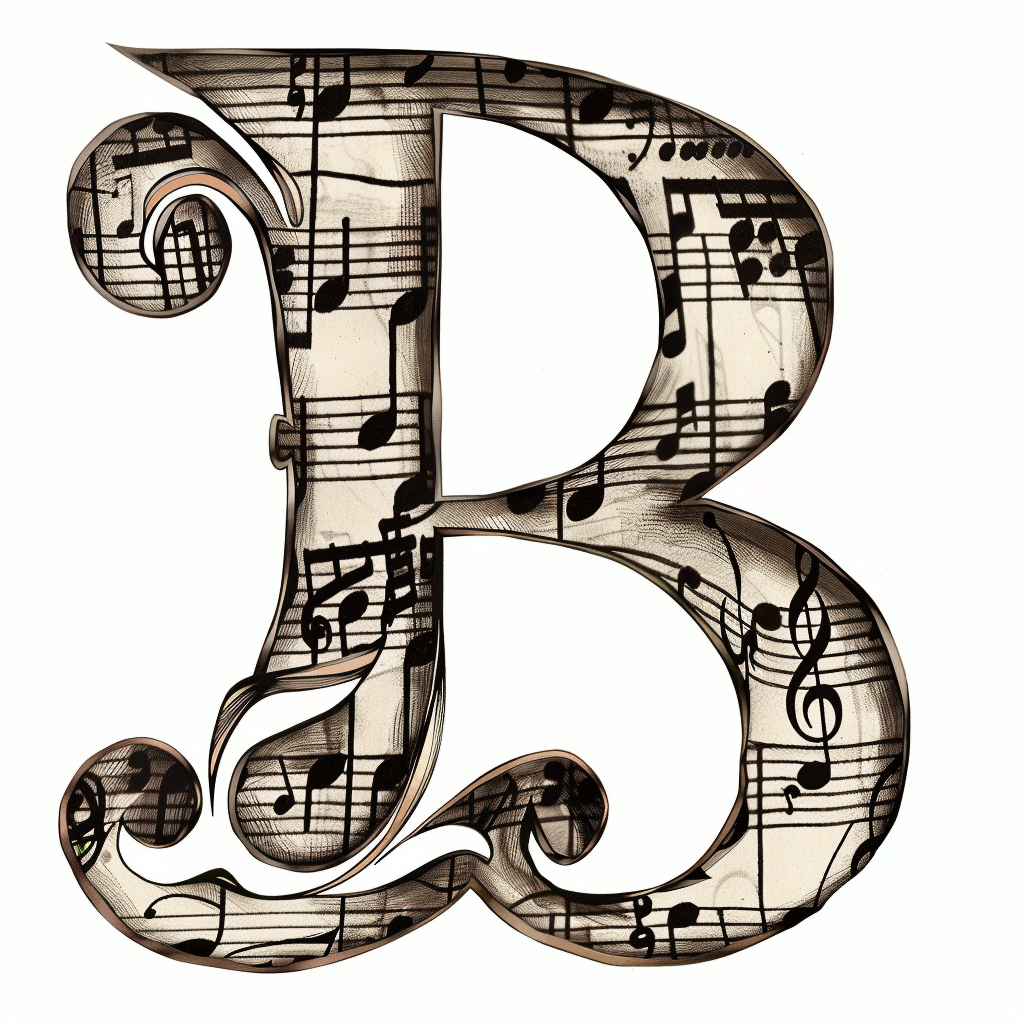Guitar tabs, with their seemingly upside-down layout, catch the eye of many musicians. This unique orientation, deeply rooted in history, serves practical purposes for guitarists. In this exploration, we’ll compare guitar tablature to standard musical notation, unveil the logic behind the player’s viewpoint, and delve into the benefits of this tab system.
Guitar strings, frets, musical notes, chord diagrams, and finger placements are all integral to understanding the flipped design of guitar tabs. Embracing the upside-down nature of tabs can enrich your musical journey and improve your guitar skills. Prepare to have your understanding of guitar tabs transformed.
Key Takeaways
- Tablature originated during the Renaissance period as a visual guide for finger placement on the fretboard.
- Guitar tabs reflect the guitarist’s viewpoint, with the Low E String positioned at the bottom and the High E String at the top.
- Inverted tabs mirror the actual string layout seen by the player, aligning with the strings on the fretboard.
- Inverted tabs simplify the learning process and reduce mental strain.
Historical Origins of Tablature
The Renaissance period, a pivotal era brimming with artistic expression, proudly stands as the birthplace of tablature. This innovative method of notating music delighted lute players, the forebears to today’s guitarists, with its intuitive visual guide for finger placement on the fretboard.
Tablature, or ‘tab’ as it’s affectionately known, distinguishes itself from traditional music notation by favoring a string-by-string illustration over scales and note reading. This user-friendly approach brought joy to musicians, making the learning of melodies and chords a simpler affair.
Letters and symbols originally served as the messengers of fretting positions in tablature’s historical incarnation, laying the groundwork for the numerical system that modern musicians cherish. The contemporary style of tablature, with its unique upside-down presentation, mirrors the actual arrangement of a stringed instrument’s frets and strings. This clever design ensures a seamless transition from the written page to the musician’s performance, enhancing the musical experience for guitarists and lutenists alike.
The evolution of this notation system is a testament to the enduring ingenuity of musical traditions.
Standard Notation Comparison
Guitar tabs stand out as a reflection of the guitarist’s viewpoint, cleverly matching the string orientation and fret placement with the player’s visual perspective. These tabs enhance the learning experience by directly pointing to where fingers should be placed on the fretboard, making them a favorite among novices and those tackling intricate melodies. The physical alignment with the guitar’s frets and strings in tablature ensures that players can quickly grasp the piece they wish to play.
Standard notation, with its rich history in the music world, serves as a universal language across various instruments, detailing pitch and rhythm with precision. Musicians interpret these symbols, converting notes on the staff into the corresponding frets and strings through their knowledge of musical theory, including staves, clefs, and key signatures. This system, while not specifying exact string or fret locations, empowers musicians to understand and perform pieces across different instruments, promoting a comprehensive understanding of music theory.
Player’s Perspective Explained
Guitar tabs celebrate the guitarist’s viewpoint, elegantly reflecting the way strings are seen from above. The Low E String anchors the tablature’s bottom, standing as the top string in the guitarist’s gaze. In other words, as you hold a guitar and look down, you see how tabs are layed out.
Guitar tabs honor the strings’ arrangement, making the High E String rise to the tablature’s top, a clear reflection of the bottom string that dances near the player’s feet.
In this musical notation, number placement proudly denotes fret positions, perfectly aligning with the fretboard’s welcoming surface. Frets, fingers, strings, picks, and melodies come together in a harmonious system designed for the guitarist’s ease.
This player-centric perspective weaves a mental image that seamlessly maps the tab onto the guitar, greatly simplifying the educational journey for strumming enthusiasts.
Advantages of Inverted Tabs
The inverted tablature, when held by a guitarist, becomes a natural extension of the musical journey, offering a reflection of the actual string layout that the player sees. This mirror image is a boon for beginners and seasoned players alike, as it corresponds perfectly to the fretboard, where the high E string takes its place at the bottom of the tab, just as it’s positioned closest to you in reality.
The alignment of the visual guide with the strings simplifies the learning process, allowing musicians to translate musical notations to their guitar with grace and efficiency. This thoughtful design reduces mental strain, freeing the mind to focus on the melody and rhythm rather than on reorienting the tablature.
The result is a more enjoyable practice session where the transition from sight to sound happens almost seamlessly, paving the way for artists to effortlessly master new compositions and refine their technical prowess.
Further Reading
Check out the links below if you want to learn more about tabs and their orientation:


